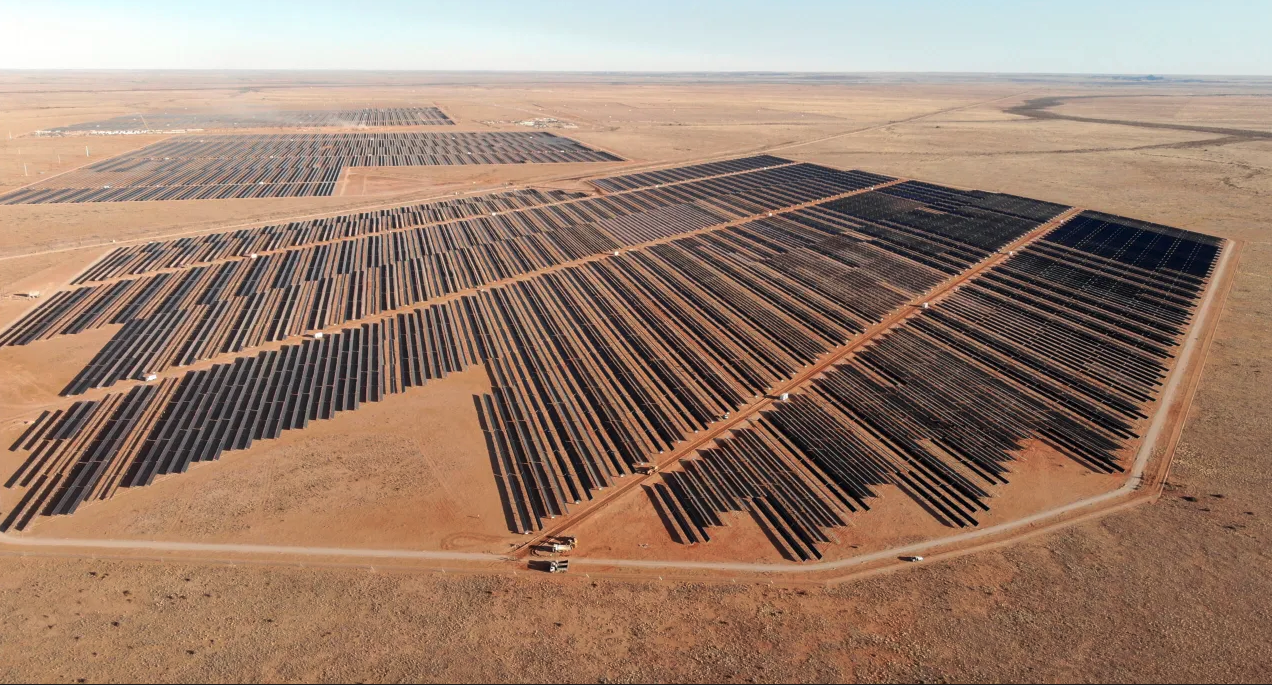While there are many opportunities for renewable energy, with solar and wind power coming to the fore, a lack of access to finance and infrastructure challenges persist in Africa.
‘Three of the bigger challenges include poor long-term planning, a disconnect between the public and private sectors, and projects that were not properly thought through or developed in the early stages so they fall flat at the end stage,” said Aadil Cajee, the head of energy and infrastructure finance at Standard Bank Corporate and Investment Bank.
Speaking to Daily Maverick from the Africa Energy Forum in Barcelona, Spain, Cajee explained that one of the big inhibitors to infrastructure development on the continent was poor long-term planning frameworks by governments.
“The nature of infrastructure development is such that it requires decision-making at a level to ensure that you are considering investment and sustainability for assets that have lifetimes of 20 years, 30 years, sometimes even longer. Unfortunately, the decision-making for these capital projects often happens at a political level, where those decisions are made in five-year instalments,” he said.
Ineffective public and private sector partnerships
The second challenge Cajee highlighted was the interaction between the public and the private sectors.
“Even in South Africa, for example, there isn’t a lack of appetite from the private sector to deploy capital into infrastructure and energy projects. There’s often a lack of appetite from governments to partner effectively with the private sector.
“And government’s role really is to create an environment that enables private sector investment — an environment that cuts out a lot of bureaucracy, cuts the red tape and makes it easy to be able to control capital,” he said.
The third challenge, said Cajee, is that although there is no shortage of energy projects on the continent, there is a shortage of bankable projects.
“There is a big capacity issue with sovereigns around being able to develop projects to a point where the private sector can get involved. Governments often lack capacity and/or the right type of skills to develop projects to a point where the private sector can get involved,” he said.
Energy storage
Dieter Matzner from Investec’s Energy and Infrastructure Finance team pointed out that South Africa was transitioning to a new system for electricity supply and consumption, which involved splitting Eskom into three companies, with the expectation of moving towards a free market system over the next five years.
The transmission company is expected to come into operation by July and the distribution and generation companies within the next two to three years. This transition will create opportunities for private sector involvement in the energy sector, including the development of storage solutions.
Matzner said the storage aspect was important because this transition involved a move into energy sources such as wind and solar. According to The Economist magazine, the amount of installed solar capacity in South Africa has risen from 2.8GW to 7.8GW, excluding solar capacity installed in homes.
However, because wind and solar power are intermittent, there is a need for energy storage solutions. Battery storage allows energy producers to store excess energy during periods of high generation and release it during periods of high demand, ensuring a stable electricity supply.
Matzner pointed out that South Africa had already made progress in the deployment of battery storage systems, which typically provide between four to five hours of storage. Eskom, for example, has built battery storage facilities with a capacity of around 400 megawatts and four to five hours of storage.
Scatec’s Kenhardt project online for six months
In the private sector, Standard Bank was the sole mandated lead arranger and underwriter to provide R15.9-billion of debt funding towards the R18-billion Scatec energy and battery storage project outside Kenhardt.
With an installed solar capacity of 540MW and a battery storage capacity of 225MW/1,140MWh, this project delivers 150MW of dispatchable power from 5am to 9.30pm year-round to the national grid under a 20-year Power Purchase Agreement with Eskom.
It is widely recognised as the world’s largest hybrid solar and battery storage facility, with one million solar panels and 456 units in its battery facility, each one the size of a shipping container. Scatec officially started producing and supplying power from the project to the national grid in December.
Terje Pilskog, the chief executive of Scatec, said the project was about more than empowering homes. “The Kenhardt project showcases the resilience and reliability of renewable energy, proving it to be a steadfast source of electricity capacity for the grid,” he said, hailing dispatchable renewables as the way forward.
Stay informed with The Namibian – your source for credible journalism. Get in-depth reporting and opinions for
only N$85 a month. Invest in journalism, invest in democracy –
Subscribe Now!






